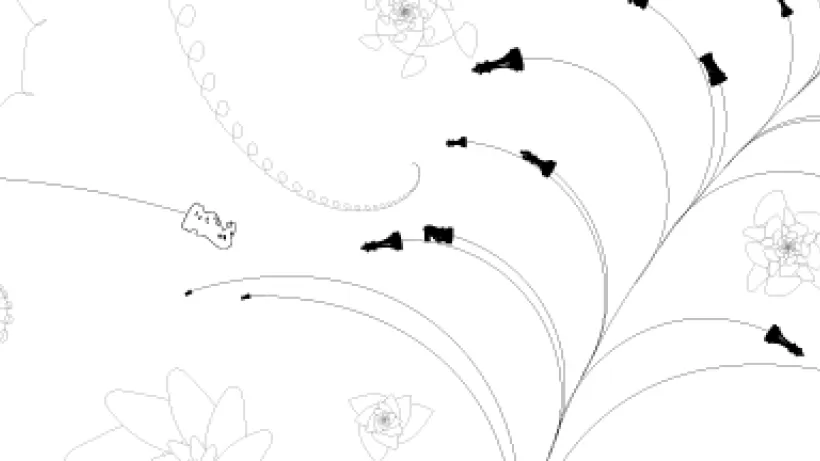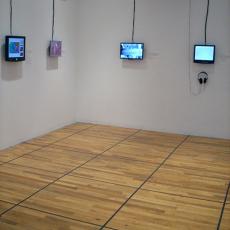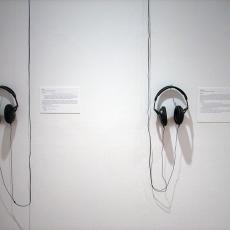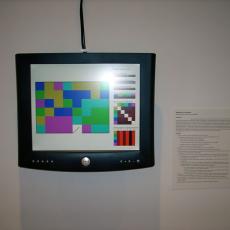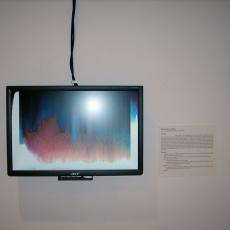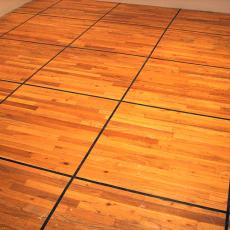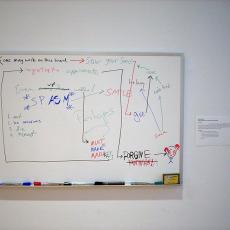If life were a game, what game would it be? … It must be either war or race; in either case, it is a contest. The abstract field of contest is a schematic representation of the territory beneath our feet: a map of the world. It is at once a field of combat as an un-owned commons, and the territorialized space of land as possession, with all places and possible positions marked out. Against this grid the move is made; the move is measured. The pieces find their places.
Any reference to a game is paired with a consideration of its rules. The centrality of rule implies the importance of a kind of legal sovereignty in the game, and suggests the stasis of regularity, and the bureaucratization of regulation, but does not exclude the styled aestheticism of pattern, or the niceties of communion. We can locate the game in the theater of ideology, and highlight the aesthetic dimensions of play: the legitimizing apparatus that mobilizes notions of efficiency, progress, or tradition, for the preservation of particular rule sets, is ultimately aesthetic and idiosyncratic in its motivations and rationalizations–even if the real effects of play are felt in other registers: the economic, the bodily, etc. … Rules connect the world of games to the province of computation; rules are the mechanism of both domains. On the side of the machine, there is no fraught social predicament where adherence to rule is subject to a contest of will: computers follow rules as long as they are inscribed in the logic of the machine. Reading is compliance in the computer. Reading is following, is execution, is work. But for the user, or for the programmer of the computer, the language of computation, the formal procedures of rule making, offer up worlds of possibility, and potentially liquefy the perception of rules' fixity. The 10 works in this project were presented at Artist Space as part of the Whitney Museum of American Art Independent Study Program Exhibition.
